5 Best Soil For Planting: Sandy soil, Clay soil, Silt soil, Loam soil and Peat soil
How does it soil work in different climates and conditions?
When we talk about plants we should not forget the soil. It is the soil that decides how much a plant will grow. Soil is mostly of three types sand, silt and clay. These are the three fundamental elements of soil. Remember that most of the soil contains a spectrum of different particles, of different sizes. And loam is also a type of soil that is best for plant growth.
As we told you earlier, soil is mostly classified as loam soil when it is combined with these three soil types because it provides a good balance in drainage, moisture retention and is rich in nutrients, loam soils are considered optimum for plant growth.
Firstly, the structure of soil depends on many factors like location, climate and geology. It brings changes in itself according to the changes in these factors.
There are some soil types and mixture of soil as well. :-
1. Sandy soil
2. Clay soil
3. Silt soil
4. Loam soil
5. Peat soil
1. Sandy soil.
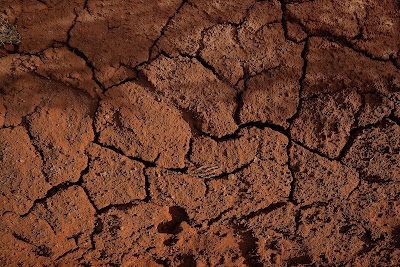 |
| Sandy soil |
Sandy soil is a type of soil that easily erodes and is gritty. Since it is made up of large particles like sand, its drainage is very good and this soil dries up quickly. This soil is not suitable for those plants that need too much moisture, as it cannot hold water for too long. Otherwise, this soil becomes very hot very quickly, which helps the plant grow quickly.
It is important to add some fertilizers and organic material in this soil, which can improve its fertility and help plants grow healthy. Despite all these problems, this soil helps a lot in growing some plants and it is also easy to work with it.
2. Clay soil.
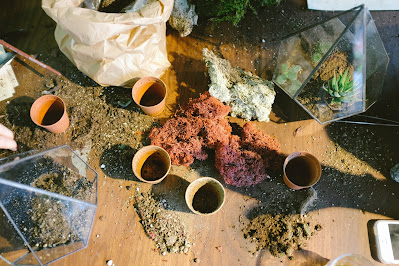 |
| Clay soil |
Clay soil is a type of soil which is heavy and sticky. Its special feature is that it can absorb water for a longer time because its particles are very small.
This soil is beneficial for plants as it contains rich nutrients but due to the nature of this soil, plant roots face problem in taking out the soil and there is also problem in circulation of water. Working with this soil is a little difficult but when worked with proper management and amendments, clay soil is best for gardening.
3. Silt soil.
This soil is a type of silt soil which is smooth and fine grained. This soil is made up of minuscule particles which are smaller than sand soil but bigger than clay soil. Silt soil can retain water better. Many variety of plants can be grown in this soil because this soil is fertile and nutrient rich.
Silt soil needs proper management and good drainage so that it remains fertile forever. With the help of good and correct care it provides a good environment for the plants.
4. Loam soil.
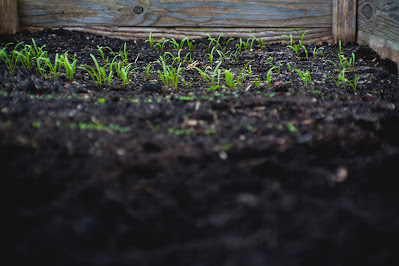 |
| Loam soil |
Loam soil is considered the best soil in the soil, the texture of this soil is more balanced than other soils as it is made up of silt, clay and sand composition. Loam soil drains well and holds water well in the whole soil due to which the roots of the plant always remain hydrated.
Loam soil is rich in organic content and hence it is very fertile and productive. It is quite easy to develop a good root system in this soil. This soil is quite liked by farmers and gardeners due to its balanced qualities.
5. Peat soil.
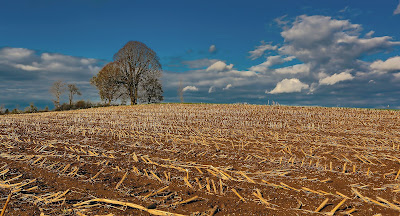 |
| Peat soil |
Peat soil is considered a unique type of soil because the decomposed plant material that accumulates for 1000 years in wetland areas are called peatlands or bogs. It has the capacity to hold a lot of water and is mostly dark brown or black in color.
This peat soil contains very good nutrients but its pH has to be adjusted for some plants as it is extremely acidic. In horticulture and gardening, peat soil is a widely used growing medium.
All these soils have different features and qualities which help us in growing our plants. We have explained Sandy soil, Clay soil, Silt soil, Loam soil and Peat soil very well. We have explained many benefits and cons of these soils in detail. You can check out our blog for other plants and their growing tips. Your valuable comments are very important for us and share this information with others.
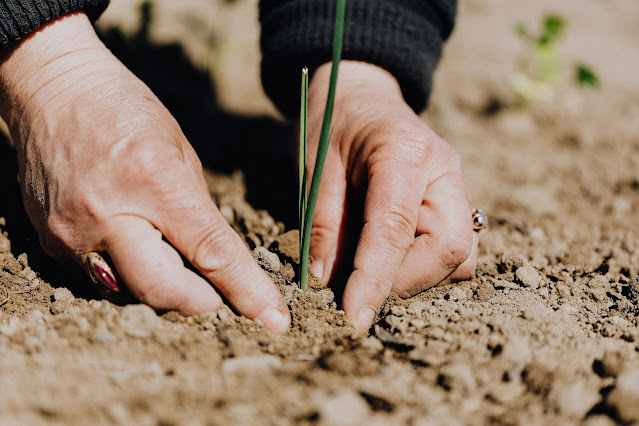
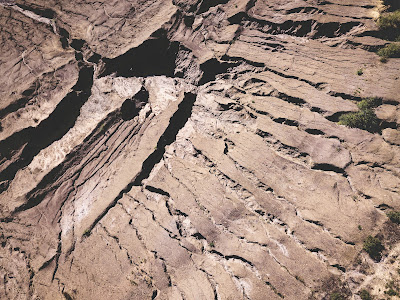
1 comment